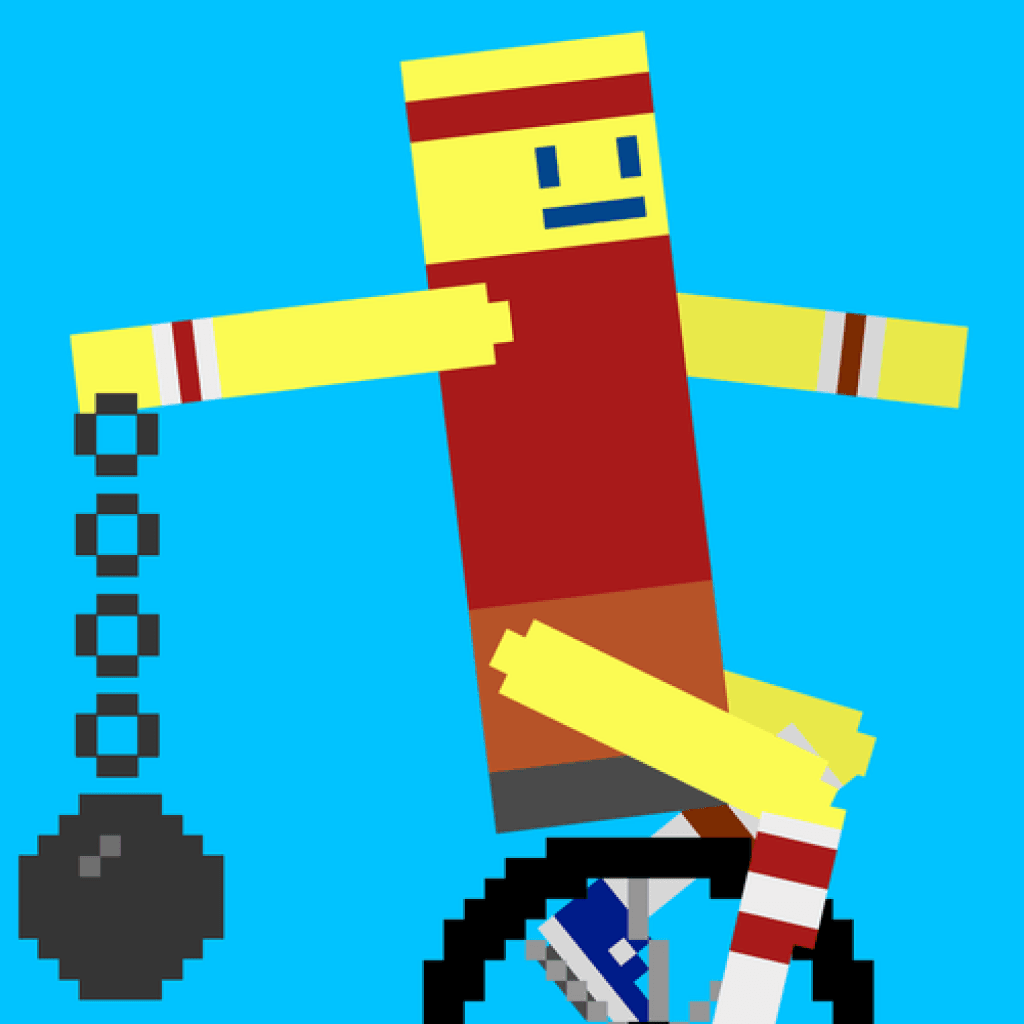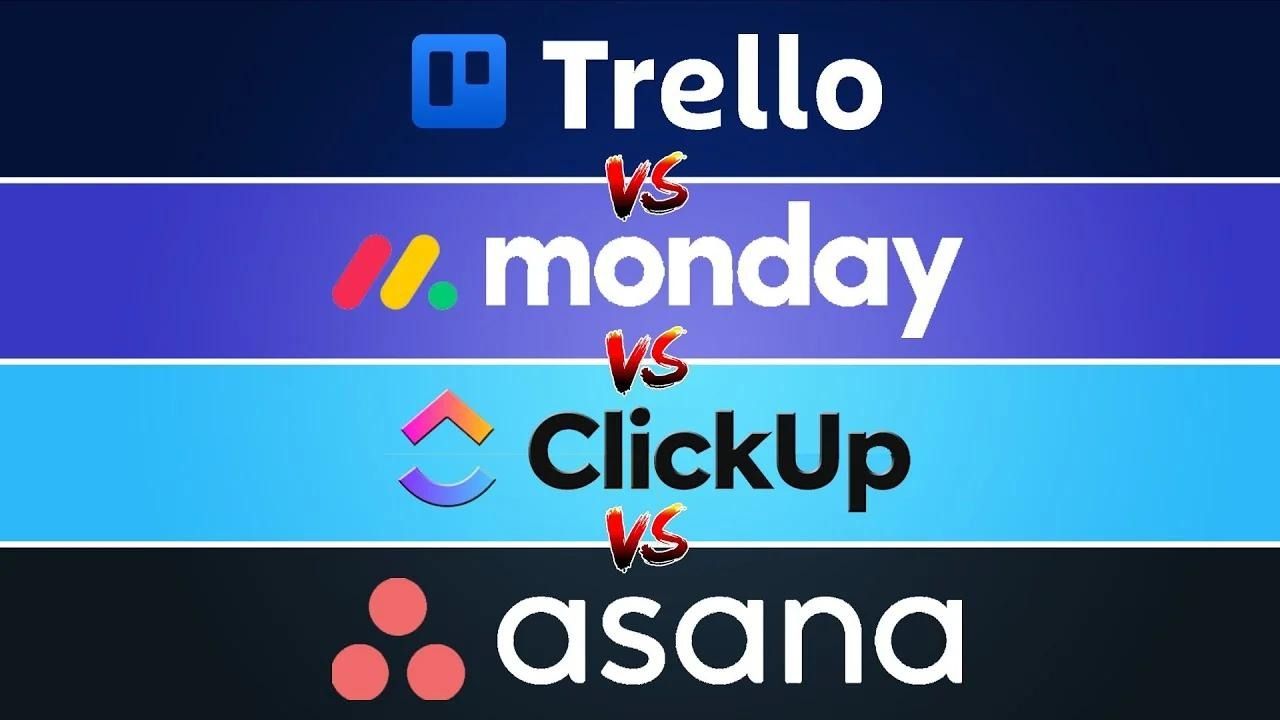

Choosing the right project management tool can be a game-changer for your team’s productivity and efficiency. Let’s learn more about this topic below with Unicycle Hero, as we explore the top contenders in the field: Trello, Asana, and ClickUp. These powerful platforms offer unique features and capabilities that cater to different project management needs and team dynamics.
Project management tools are essential for organizing tasks, tracking progress, and facilitating collaboration among team members. They provide a centralized platform for teams to plan, execute, and monitor projects efficiently. These tools help streamline workflows, enhance communication, and improve overall productivity.
The right project management tool can significantly impact your team’s performance and project outcomes. It’s crucial to choose a tool that aligns with your team’s specific needs, work style, and project requirements. Let’s delve into the key factors to consider when selecting a project management tool.
When evaluating project management tools, it’s important to consider factors such as ease of use, scalability, integration capabilities, and pricing. Each tool has its strengths and weaknesses, and understanding these can help you make an informed decision. Unicycle Hero recommends thoroughly assessing your team’s needs before making a choice.
Trello is a popular project management tool known for its visual and intuitive interface. It uses a card-based system organized into boards and lists, making it easy to visualize project progress at a glance. Trello’s simplicity and flexibility make it suitable for a wide range of projects and team sizes.
One of Trello’s key strengths is its user-friendly design. The drag-and-drop interface allows users to easily move tasks between different stages of completion. This visual approach to project management can be particularly appealing to teams that prefer a more visual representation of their workflows.
Trello offers a variety of features to enhance project management. These include customizable boards, checklists, due dates, file attachments, and team collaboration tools. The platform also supports integrations with popular third-party apps, expanding its functionality to meet diverse team needs.
While Trello excels in simplicity and visual organization, it may have limitations for complex projects with intricate dependencies. For teams requiring advanced project management features, Trello might need to be supplemented with additional tools or integrations. Unicycle Hero suggests considering your project complexity when evaluating Trello.
Trello’s intuitive interface makes it easy for team members to adopt and start using quickly. Its visual approach to task management can enhance clarity and improve team collaboration. The platform’s flexibility allows for customization to fit various project types and team structures.
The free version of Trello offers robust features suitable for small teams or individual users. For larger teams or more complex projects, Trello’s paid plans provide additional functionality and integrations. This scalability makes Trello a versatile option for growing organizations.
While Trello’s simplicity is a strength, it can also be a limitation for managing complex projects with multiple dependencies. The platform may lack some advanced features found in more comprehensive project management tools. This could be a drawback for teams with sophisticated project management needs.
For large-scale projects or organizations requiring detailed reporting and analytics, Trello’s native capabilities might fall short. In such cases, additional integrations or complementary tools may be necessary to fill these gaps. Unicycle Hero advises considering these factors when evaluating Trello for your team.
Asana is a robust project management tool that offers a comprehensive set of features for task and project organization. It provides multiple views for managing work, including list, board, timeline, and calendar views. This flexibility allows teams to visualize and manage their projects in ways that best suit their needs.
One of Asana’s strengths is its ability to handle complex projects with multiple tasks, subtasks, and dependencies. The platform offers advanced features like task dependencies, custom fields, and workload management. These capabilities make Asana suitable for teams working on intricate projects with numerous moving parts.
Asana’s collaboration features are particularly noteworthy. The platform allows for easy communication within tasks, assignment of responsibilities, and sharing of files. It also offers team-wide goal setting and progress tracking, helping align individual efforts with broader organizational objectives.
While Asana’s feature set is extensive, it may have a steeper learning curve compared to simpler tools like Trello. New users might need some time to fully explore and utilize all of Asana’s capabilities. Unicycle Hero recommends considering your team’s adaptability when evaluating Asana.
Asana’s comprehensive feature set makes it suitable for a wide range of project management needs. From simple task lists to complex project workflows, Asana can accommodate various team structures and project types. Its multiple view options provide flexibility in how teams visualize and manage their work.
The platform’s robust reporting and analytics features allow for detailed insights into project progress and team performance. Asana’s integrations with numerous third-party apps extend its functionality, making it a versatile choice for teams using multiple tools in their workflow.
Asana’s rich feature set can be overwhelming for some users, especially those new to project management tools. The platform’s interface, while clean, may require some time for team members to navigate efficiently. This learning curve could potentially slow down initial adoption and productivity.
For small teams or simple projects, Asana’s advanced features might be more than necessary. The platform’s pricing structure may also be a consideration for smaller organizations or teams with limited budgets. Unicycle Hero advises weighing these factors against your team’s specific needs and resources.
ClickUp is a versatile project management tool that prides itself on being customizable and feature-rich. It offers a wide array of features designed to cater to various project management styles and team needs. ClickUp’s flexibility allows teams to tailor the platform to their specific workflows and preferences.
One of ClickUp’s standout features is its customizable views. Users can switch between list, board, calendar, Gantt chart, and more views to manage their tasks and projects. This flexibility in visualization can be particularly beneficial for teams that handle diverse types of projects or prefer different management styles.
ClickUp offers an extensive set of project management features, including task dependencies, time tracking, goal setting, and resource management. The platform also provides powerful automation capabilities, allowing teams to streamline repetitive tasks and workflows. This can significantly enhance productivity and reduce manual work.
While ClickUp’s extensive feature set is a strength, it can also be overwhelming for new users. The platform’s high degree of customization may require some initial setup time to optimize for your team’s specific needs. Unicycle Hero suggests considering your team’s willingness to invest time in setup when evaluating ClickUp.
ClickUp’s wide range of features and customization options make it suitable for various team sizes and project types. From small startups to large enterprises, ClickUp can be tailored to meet specific organizational needs. Its robust feature set can potentially replace multiple tools, centralizing project management in one platform.
The platform’s strong emphasis on customization allows teams to create workflows that precisely match their processes. ClickUp’s frequent updates and new feature releases demonstrate a commitment to continuous improvement and addressing user needs. This can be advantageous for teams looking for a tool that evolves with their requirements.
ClickUp’s extensive feature set and customization options can lead to a steeper learning curve. New users might feel overwhelmed by the numerous settings and possibilities, potentially slowing down initial adoption. Some teams may find that they need to invest significant time in setting up and optimizing ClickUp for their specific needs.
While ClickUp offers a free plan, some of its more advanced features are only available in paid tiers. For teams requiring these advanced capabilities, the cost may be a consideration. Unicycle Hero recommends carefully evaluating which features are essential for your team when considering ClickUp’s pricing plans.